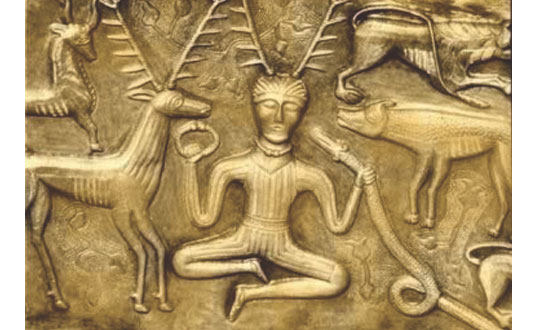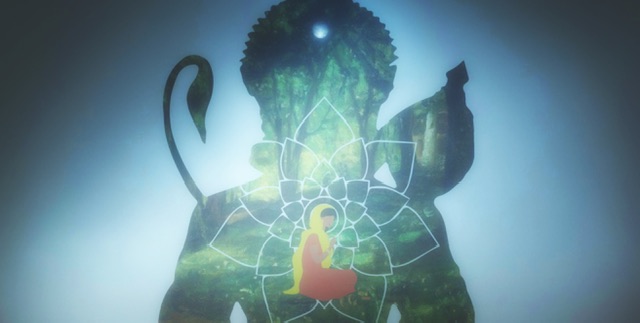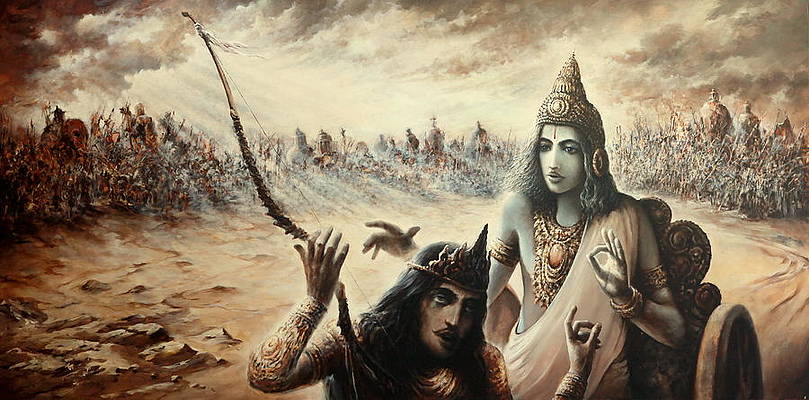Indian history is peppered with a lot of invasions and rules. Even though the history books have been distorted, the foreign invasions have failed to distort the very foundation and the roots that India stands for. Carrying on from where we left off in the last issue – de-mystifying the Aryan Invasion and that the Vedic people were nomads, here are a few more myths that stand no testimony as the recent researches stand strong against them!
Myth: ‘The Harappan Culture became Extinct’
B.B. Lal, a renowned expert in Indian archaeology, (Director General of the Archaeological Survey of India from 1968 to 1972), in his book, The Sarasvati Flows On, has dealt extensively with this aspect of continuity, giving comparisons between the Harappan objects and the present ones. In a nutshell, it can be stated that whichever walk of life we talk about, we will find in it the reflection of the Harappan Culture: be it agriculture, cooking habits, personal make-up, ornaments, objects of toiletry, games played by children or adults, transport by road or river, folk tales and so on…Here are just a few examples:
The excavation at Kalibangan has brought to light an agricultural field dating back to 2800 BC. It is characterised by a criss-cross pattern of the furrows. An exact same pattern of ploughing the fields is followed even today in the states of northern Rajasthan, Haryana and western Uttar Pradesh. Today, mustard is grown in the widely-distanced furrows and chickpea in the narrower ones and it is most likely that these very crops were grown in a similar manner during the Harappan times; we do have evidence of both these items from the Harappan levels. Kalibangan has also yielded a linga-cum-yoni of the same type as is worshipped now. This very site, along with Banawali, Rakhigarhi and Lothal, has brought to light ‘fire-altars’, indicating rituals associated with fire. (And we know ofcourse, that havans and yagyas are an important part of the Vedic culture). A married Indian woman usually applies sindura (vermilion) to the manga (the line of partition of the hair on the head); And a surprising fact is that the Harappan women did the very same thing, as evidenced by many female terracotta figurines. In these terracottas, the ornaments are painted yellow to indicate that these were made of gold; the hair is black while a red colour has been applied in the manga, indicating the use of vermilion. Even the Indian way of greeting with a namaste is rooted in the Harappan culture, as shown by certain other terracotta figures.
Myth: This myth which dies hard is that
‘Vedic Civilization came into existence as recently as 1000 to 1200 BC.’
A myth owing its origins to the scholars of the 19th century, especially the highly venerated German scholar, F. Max Muller, who dated the Vedas on a very ad hoc basis to 1200 BC. However, when his own colleagues, like Goldstucker, Whitney and Wilson challenged him, he stated that his dating was ‘merely hypothetical’ and confessed: “Whether the Vedic hymns were composed in 1000 or 1500 or 2000 or 3000 BC, no power on earth will ever determine.” And what makes it even more disheartening is that his blind followers, both in India and abroad, swear by 1200 BC even today! Although, more recently, scholars such as David Frawley, Dr. B.G. Siddharth, Dr. S.B. Roy, Professor Subhash Kak, Dr. N.R. Waradpande and Bhagwan Singh have made a case that dates back the Rig Veda far ahead thereby making it very ancient.
New Light on the ‘Cradle of Civilization’
The discovery of cities such as Mehrgarh in the Indus Valley, which dates from 6,500 to 7,000 BC, puts the Indus Valley settlements much further back in time. An excerpt from a news report in Hindustan Times in November, 2012 stated – BR Mani, ASI Joint Director General, and KN Dikshit, former ASI Joint Director General, said in a presentation, “The preliminary results of the data from early sites of the Indo-Pak subcontinent suggest that the Indian civilisation emerged in the 8th millennium BC in the Ghaggar-Hakra and Baluchistan area.” “On the basis of radio-metric dates from Bhirrana (Haryana), the cultural remains of the pre-early Harappan horizon go back to 7380 BC to 6201 BC.”
New discoveries like these will now perhaps alter the status ‘Cradle of Civilization’ conferred upon the Mesopotamian Civilization till date, which existed in the flood plains between the Tigris and Euphrates rivers; and this is because of the fact that the Mesopotamian artefacts are dated as far back possibly as 4,500 BC, and Egyptian, Assyrian and other ancient civilizations extend back possibly as far as the early fourth millennium BC. Also there are far more ancient cities (2,600 sites including more recent ones like Lothal and Dholavira) in the Indus-Saraswati Valley than have been found in the middle-eastern civilizations of Mesopotamia.
So coming back to the fundamental question – how long ago did urban civilization begin in India? The most reliable answer is, ‘that historians still don’t know’. But what we do know now, and I am sure those of you who have been following this column would agree with Voltaire, (and several other European scholars) who was ‘convinced that everything has come down to us from the banks of the Ganges – astronomy, astrology, etc.’ (Voltaire quoted in Poliakov 1974:185).
References:
‘Vedic Culture and its Continuity: New Paradigm and Dimensions’ – Prof. Shivaji Singh, Former Head of the Dept. of Ancient History, Archaeology and Culture, University of Gorakhpur.
‘Why Perpetuate Myths? A Fresh Look at Ancient Indian History’ – B. B. Lal, renowned expert in Indian archaeology. He was the Director General of the Archaeological Survey of India from 1968 to 1972, and has served as President of the World Archaeological Congress. He also worked in for UNESCO committees. He received the Padma Bhushan by the Government of India in 2000.
‘Origins of Vedic Civilization’ – Kenneth Chandler, Ph.D.
‘Indus Valley 2,000 years Older than Thought’ – Hindustan Times, November 04, 2012 http://www.hindustantimes.com/India-news/NewDelhi/Indus-Valley-2-000-years-older-than-thought/Article1-954601.aspx





